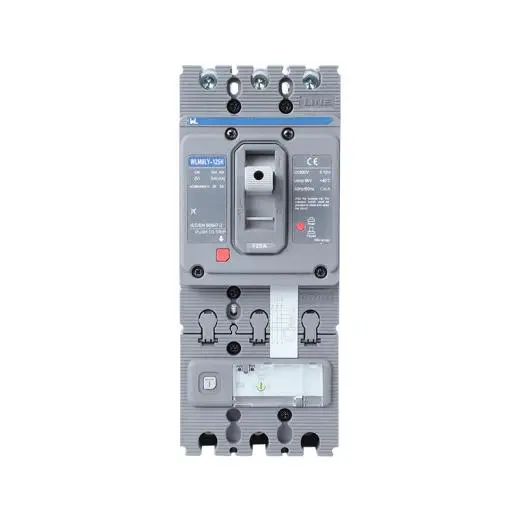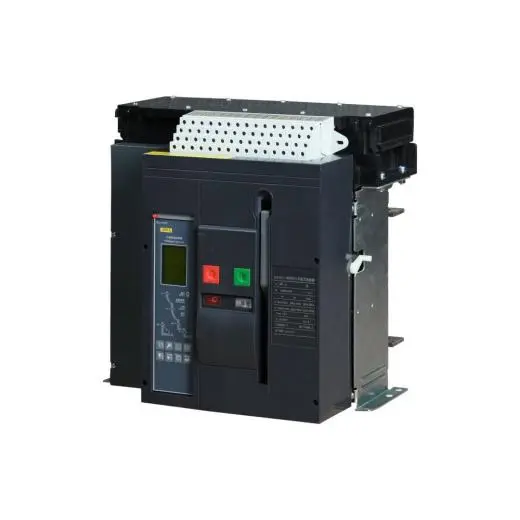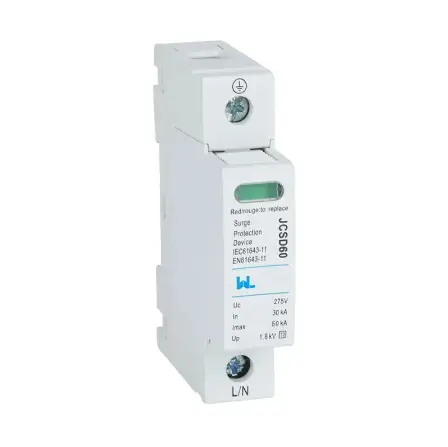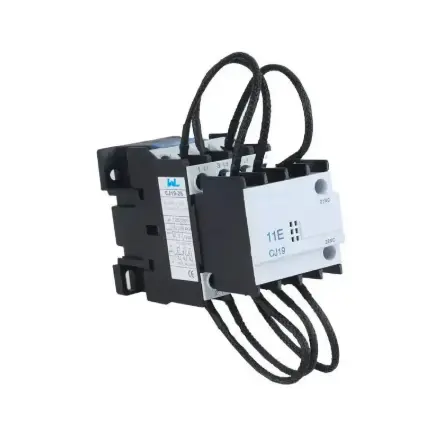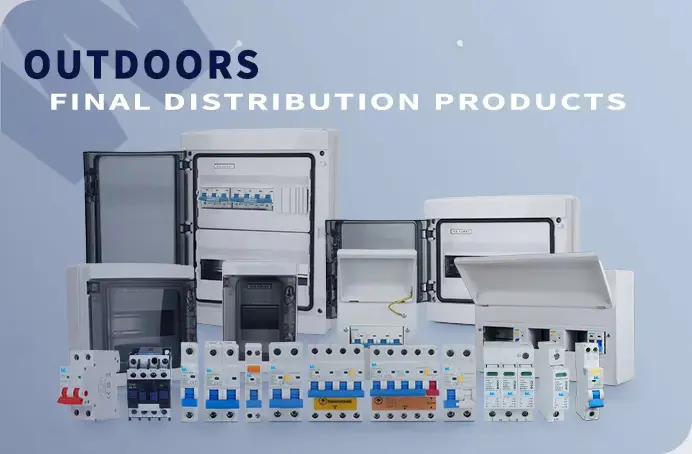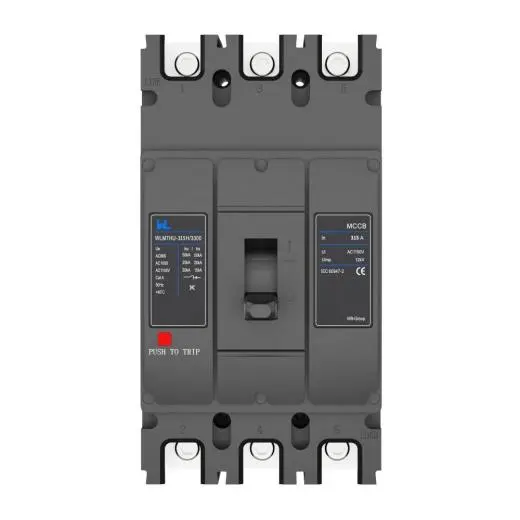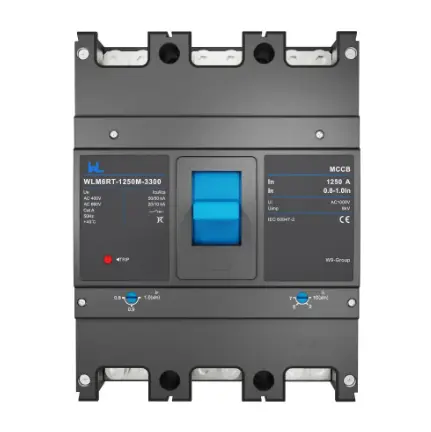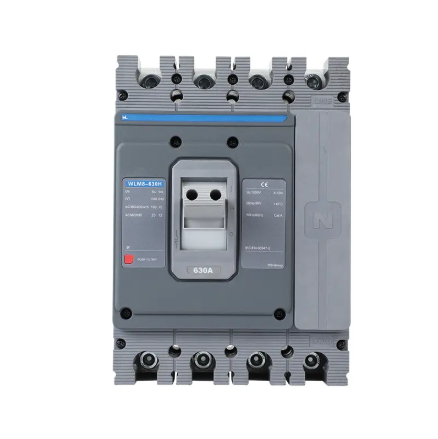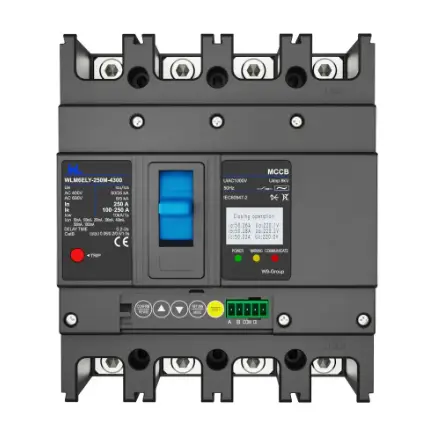Understanding Distribution Boxes: The Heart of Electrical Systems
A distribution box, or distribution board (DB), panel board, or breaker panel, is the central electrical power distribution point inside houses, commercial enterprises, and industries. It offers a safe means of distributing electricity from the source into branch circuits and avoiding overloading and faults.
What Is a Distribution Box?
A distribution box is an enclosure that holds important components like circuit breakers, fuses, and bus bars. It primarily functions to accept electricity from the main power cable and distribute it into various circuits, outlets, and devices throughout a building. Through the division of power into paths that can be regulated, it prevents overloading circuits and minimizes fire hazard. The primary components are explained as follows:
- Circuit Breakers/Fuses:Automatically disconnect when there are overloads or short circuits.
- Bus Bars: Provide electricity to all the circuits.
- Residual Current Devices (RCDs): Detect ground faults and cut off power to prevent shock.
- Main Switch: Supplies on/off for the power of the entire board.
- Cabling: Places subsidiary circuits in phase with the main supply.
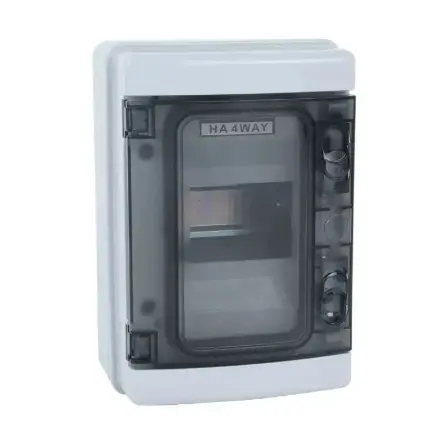
How Distribution Boxes Work
Operation of a distribution box is a process. Electricity first arrives in from the master supply line. Where voltage control exists, transformers will reduce high-voltage input to a level safer for humans. Power travels through breakers to lights, outlets, and appliance circuits in separate units. Breakers will automatically trip upon fault, removing impacted circuits to protect the system.
Types of Distribution Boxes
Distribution boxes come in a variety of configurations to suit specific applications, offering safe and effective power control in a wide range of environments. The most common types are listed below:
- Main Breaker Panels: Most common type, with a master breaker that handles all secondary circuits.
- Subpanels: Secondary boards feeding power to remote areas like garages or workshops.
- Fuse Boxes: Older models using replaceable fuses instead of breakers.
- Consumer Units: Small residential boards with integral RCDs.
- Temporary Distribution Boxes: Compact distribution enclosures for building and event construction projects.
Choosing the Proper Distribution Box
The right distribution box must be selected in order to give you safety, efficiency, and code compliance when it comes to electricity. Durable material life, wiring design, and capacity of circuitry are among those things which will need to have compatibility with specific requirements of your setting-domiciliary, commercial, or industrial. Here are the essential factors in considering a purchase to guide your informed choice:
- Material: Select durable, corrosion-resistant material like coated metal or synthetic rubber.
- Configuration: Select industrial or Navy U-ground configurations based on usage.
- Receptacles:Apply exchangeable receptacles for plug types flexibility.
- Cord Length: Permit the cord to be extended up to the master power source.
- Circuit Capacity: Synch circuit slots of the board (like 6-way, 4-way) with building demand.

Residential vs. Commercial Systems
Distribution boxes in domestic application, or consumer units, are less power-hungry and incorporate RCDs for further protection. Commercial and industrial application employs breaker panels, contactors, and multiple circuits to address the heavier load and more complex control demands. It is applied in applications ranging from domestic and apartment use to factories to large buildings.
Safety Features
Distribution boxes have a number of safety features. Overcurrent protection guards wires against damage caused by excessive current, isolation guards against the disconnection of faulty circuits without interfering with other circuits, grounding directs stray current to prevent electric shock, and heavy-duty enclosure designs guard components against dust, moisture, and mechanical abuse.
Installation and Maintenance
Professional installation by qualified electricians must be done in order to fulfill safety standards. Loose contacts, corrosion, or worn components must be checked periodically. Installation of new breaker panels in place of old fuse boxes improves safety and reliability.
Common Problems and Solutions
Over-tripping of breakers may be an indication of overloaded circuits, which can be rectified by load redistribution or use of subpanels. Flickering lights may be an indication of loose connections or voltage fluctuations, and burning smells must be shut down immediately to verify short circuits.
The Future of Distribution Boxes
Technological innovations are transforming the distribution boxes into smart systems. Smart circuit breakers and sensor-based monitoring now enable remote control, real-time fault detection, and energy usage analysis, adding to efficiency as well as safety.
Distribution boxes are essential in ensuring safe and efficient power management. Understanding their components, types, and maintenance methods equips users with efficient and safe electrical systems that work for them. In a house or a factory, the right selection of a distribution box matters most for safety and performance.

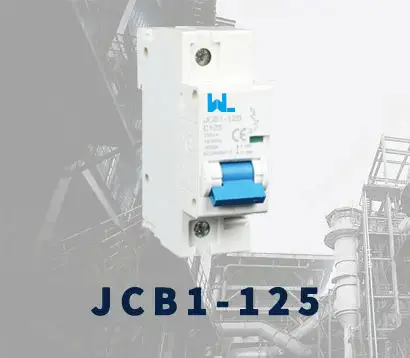 JCB1-125
JCB1-125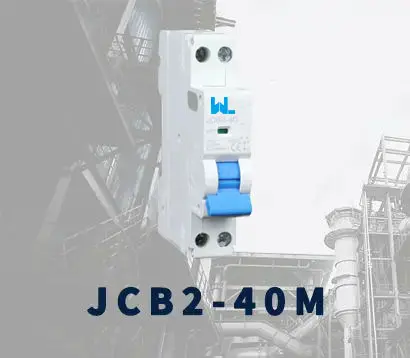 JCB2-40M
JCB2-40M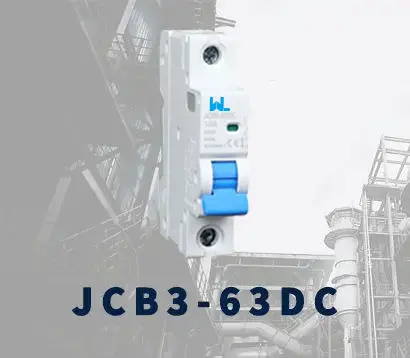 JCB3-63DC
JCB3-63DC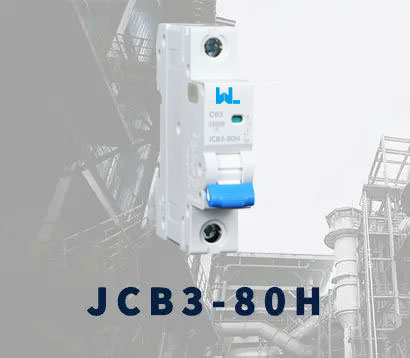 JCB3-80H
JCB3-80H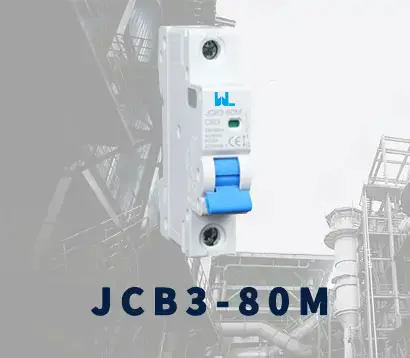 JCB3-80M
JCB3-80M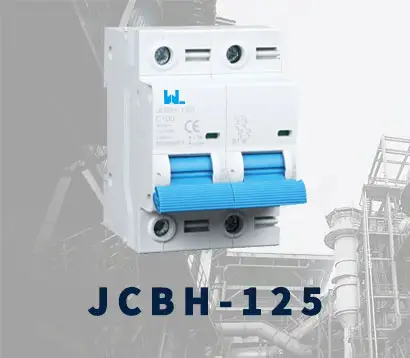 JCBH-125
JCBH-125 JC125-4P
JC125-4P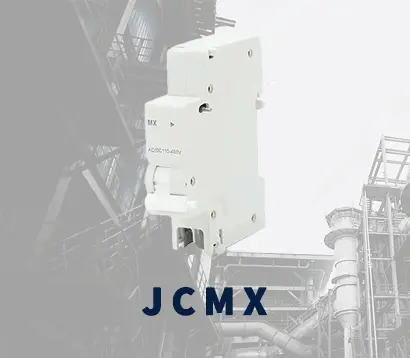 JCMX
JCMX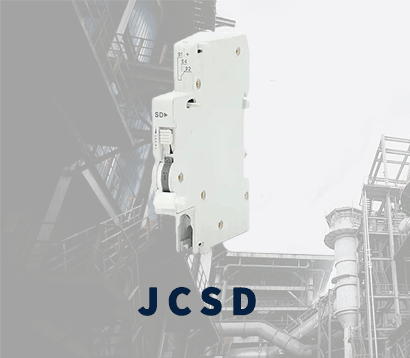 JCSD
JCSD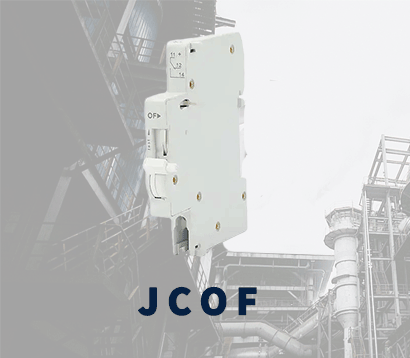 JCOF
JCOF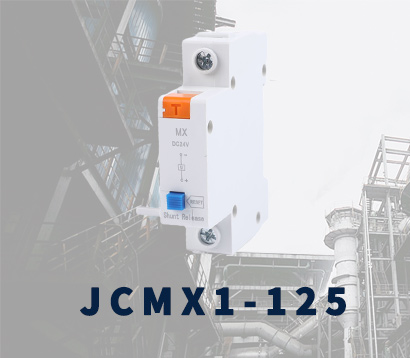 JCMX1-125
JCMX1-125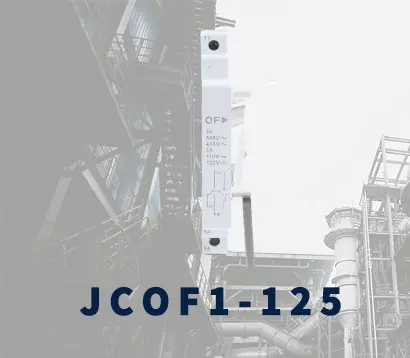 JCOF1-125
JCOF1-125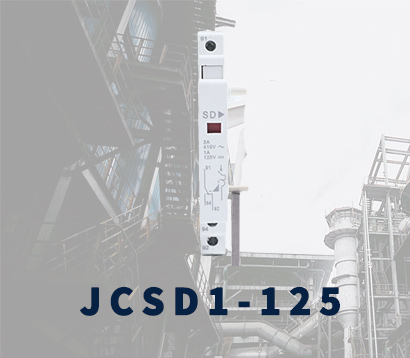 JCSD1-125
JCSD1-125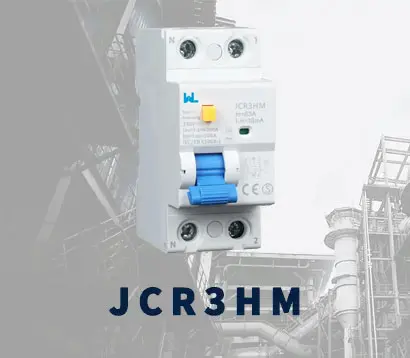 JCR3HM
JCR3HM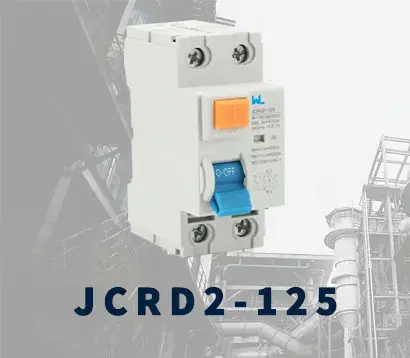 JCRD2-125
JCRD2-125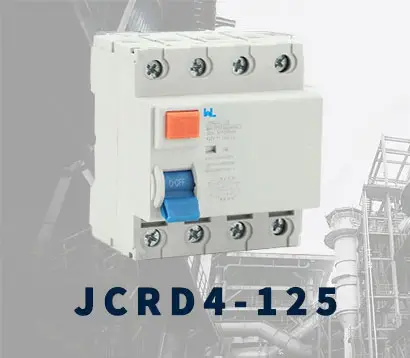 JCRD4-125
JCRD4-125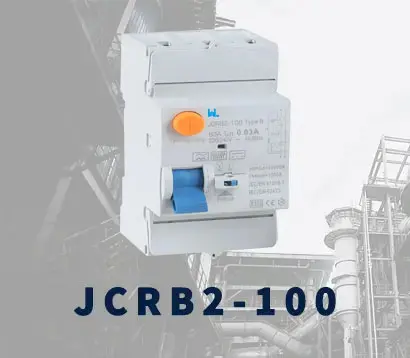 JCRB2-100
JCRB2-100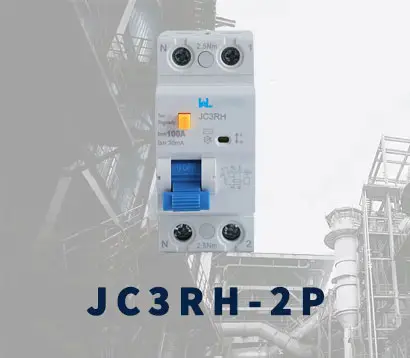 JC3RH-2P
JC3RH-2P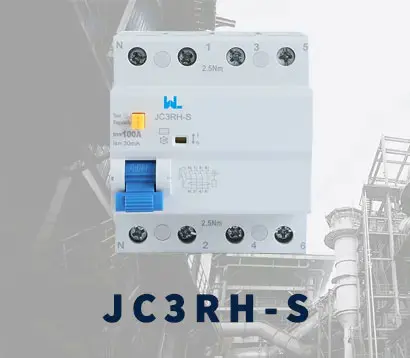 JC3RH-S
JC3RH-S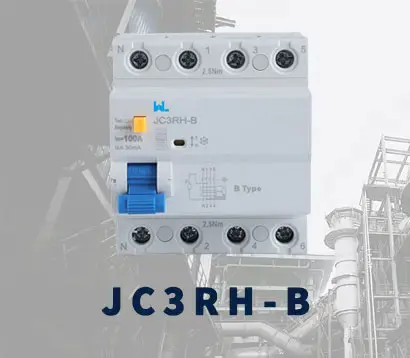 JC3RH-B
JC3RH-B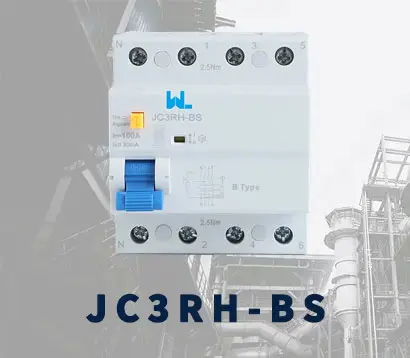 JC3RH-BS
JC3RH-BS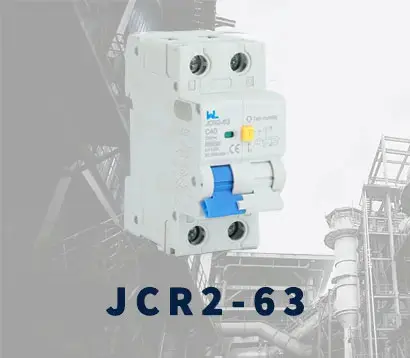 JCR2-63
JCR2-63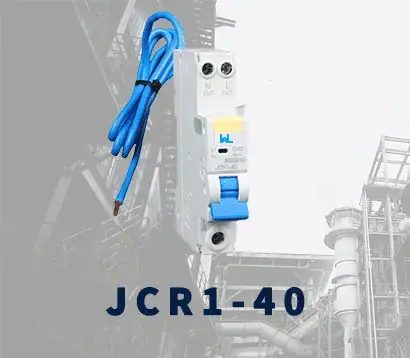 JCR1-40
JCR1-40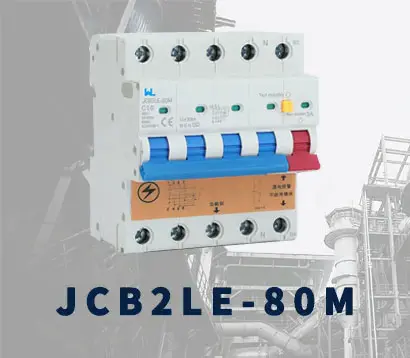 JCB2LE-80M
JCB2LE-80M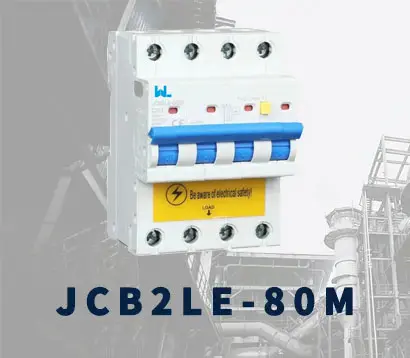 JCB2LE-80M
JCB2LE-80M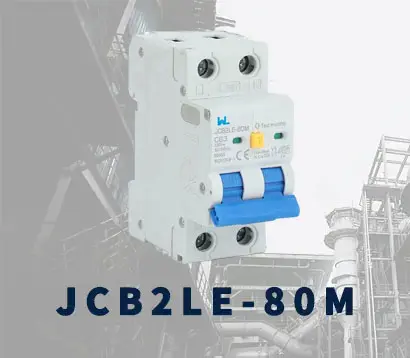 JCB2LE-80M
JCB2LE-80M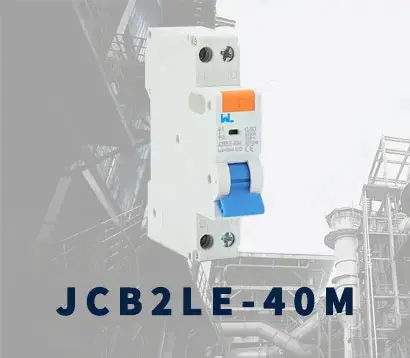 JCB2LE-40M
JCB2LE-40M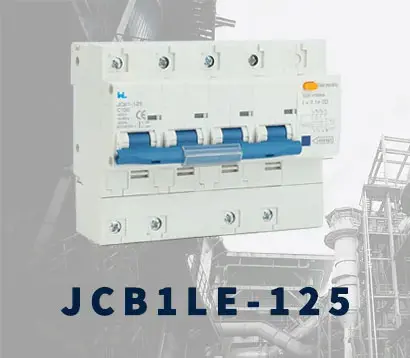 JCB1LE-125
JCB1LE-125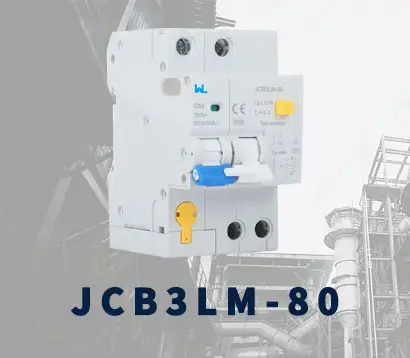 JCB3LM-80
JCB3LM-80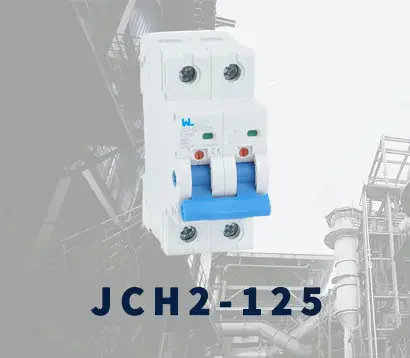 JCH2-125
JCH2-125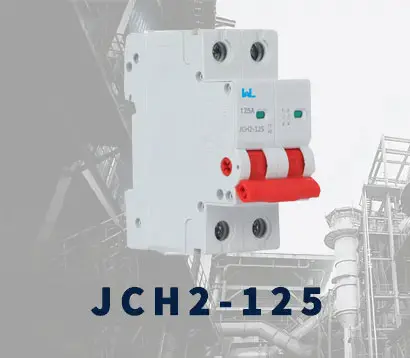 JCH2-125
JCH2-125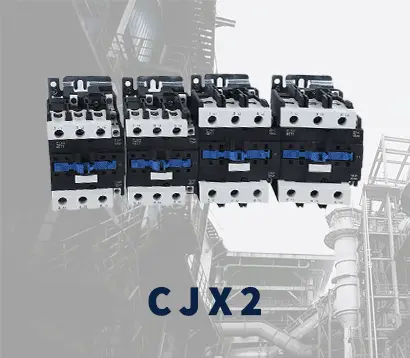 CJX2
CJX2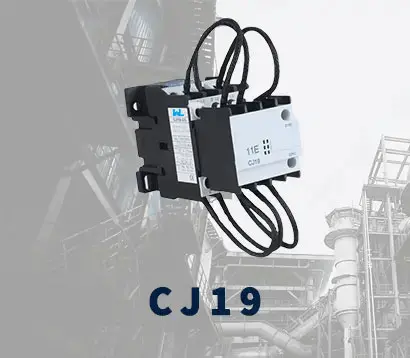 CJ19
CJ19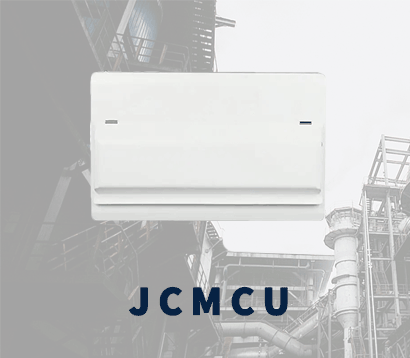 JCMCU
JCMCU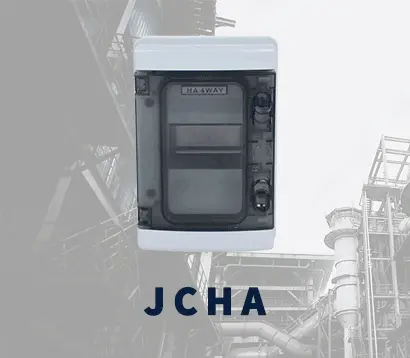 JCHA
JCHA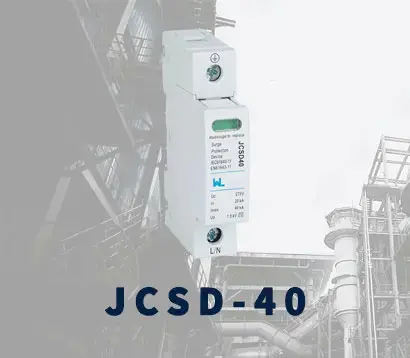 JCSD-40
JCSD-40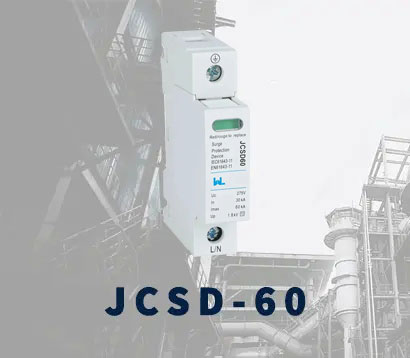 JCSD-60
JCSD-60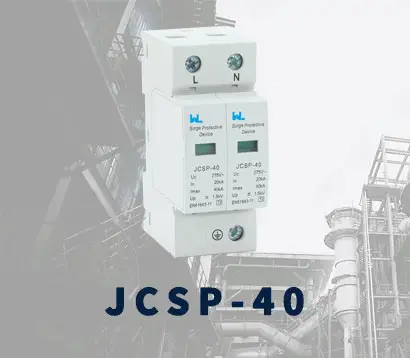 JCSP-40
JCSP-40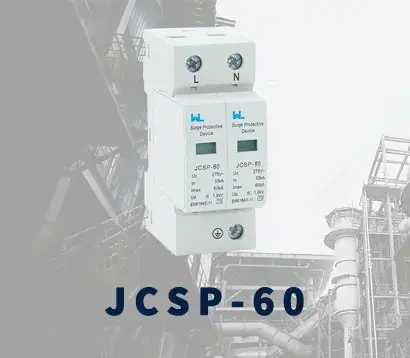 JCSP-60
JCSP-60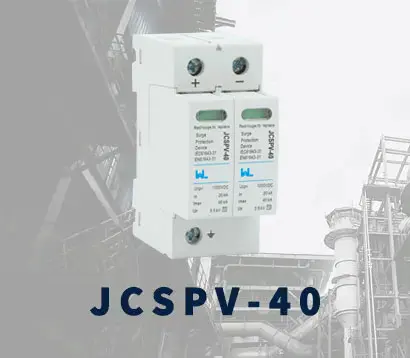 JCSPV
JCSPV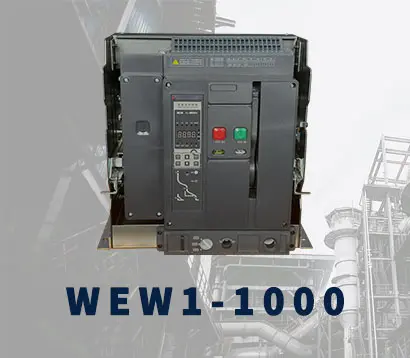 WEW1-1000
WEW1-1000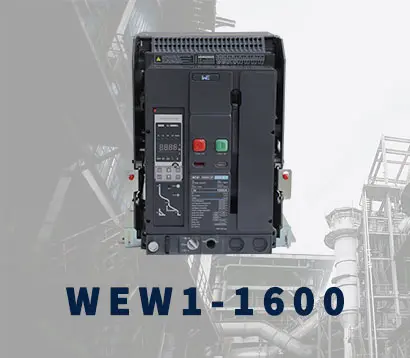 WEW1-1600
WEW1-1600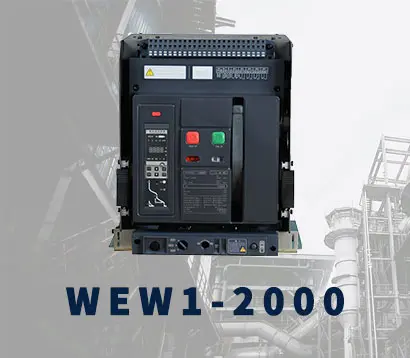 WEW1-2000
WEW1-2000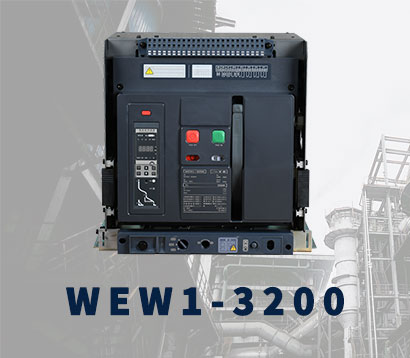 WEW1-3200
WEW1-3200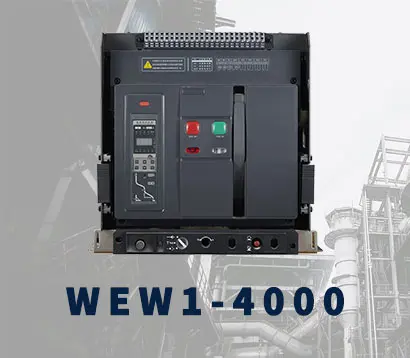 WEW1-4000
WEW1-4000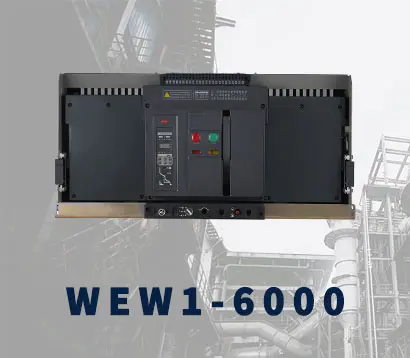 WEW1-6300
WEW1-6300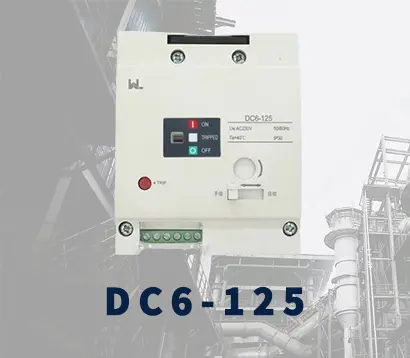 DC6-125
DC6-125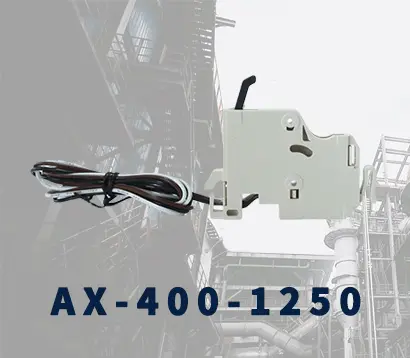 AX-400-1250
AX-400-1250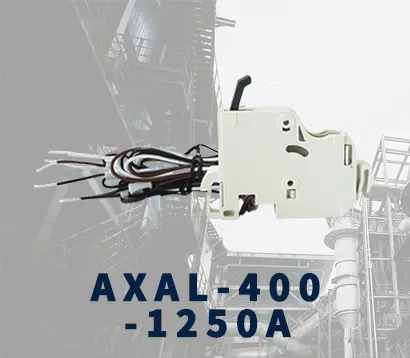 AXAL-400-1250A
AXAL-400-1250A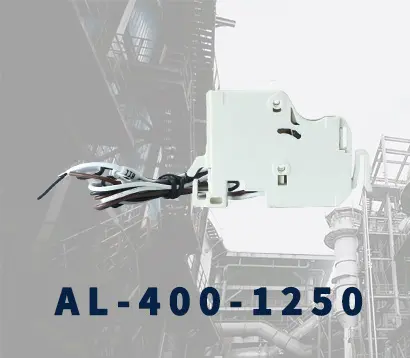 AL-400-1250
AL-400-1250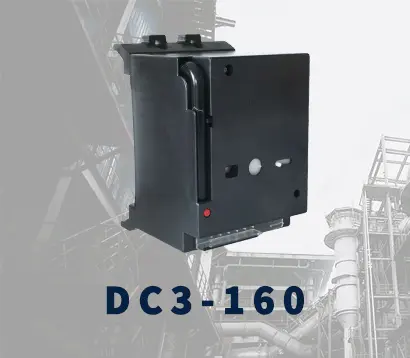 DC3-160
DC3-160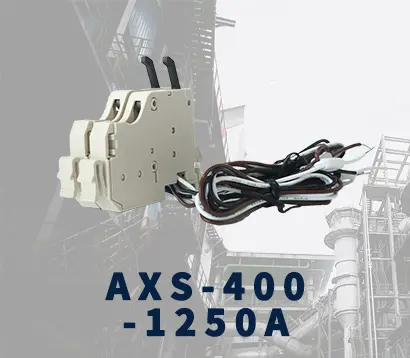 AXS-400-1250A
AXS-400-1250A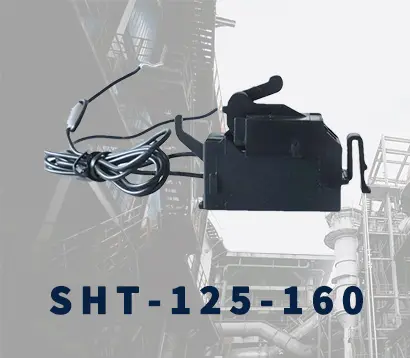 SHT-125-160
SHT-125-160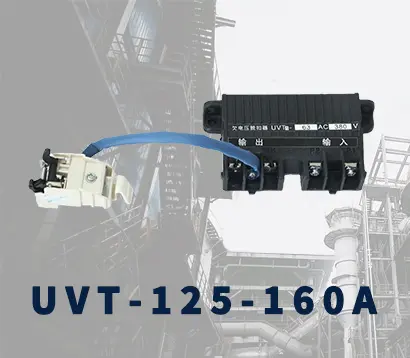 UVT-125-160A
UVT-125-160A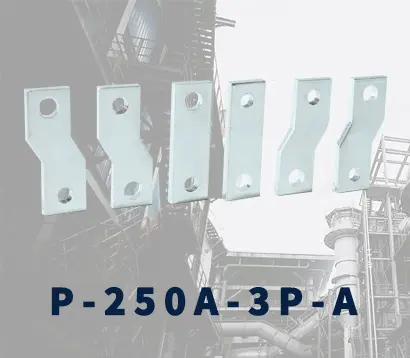 P-250A-3P-A
P-250A-3P-A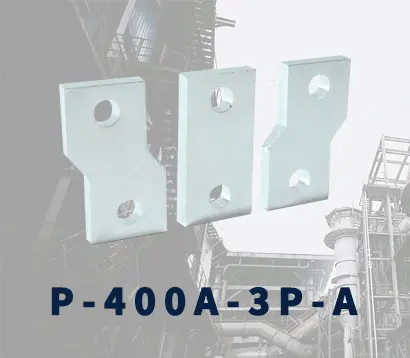 400-3P/4P terminal cover
400-3P/4P terminal cover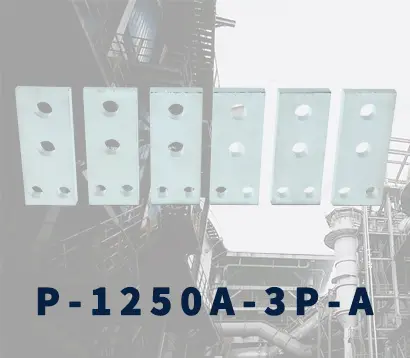 1250-3Pmccb accessories busbar
1250-3Pmccb accessories busbar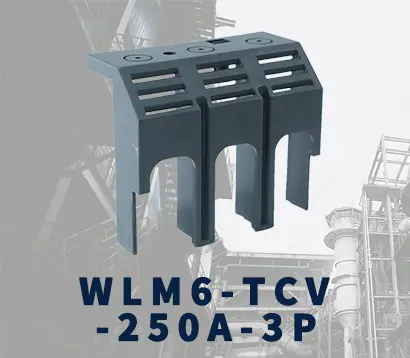 250-3P terminal conver
250-3P terminal conver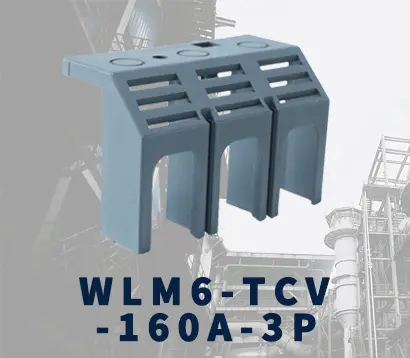 WLM6-TCV-160A-3P
WLM6-TCV-160A-3P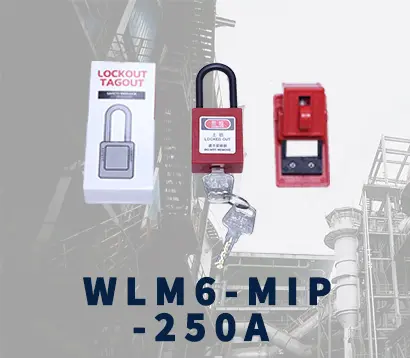 WLM6-MIP-250A
WLM6-MIP-250A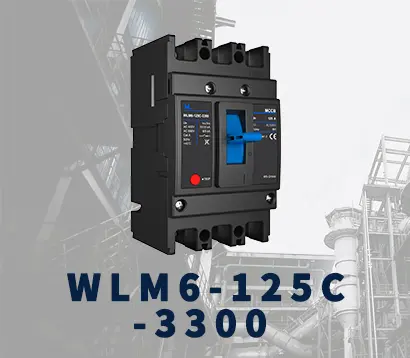 WLM6-125A-3300 3P/4P
WLM6-125A-3300 3P/4P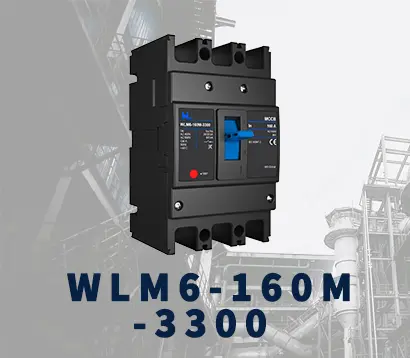 WLM6-160A-3300 3P/4P
WLM6-160A-3300 3P/4P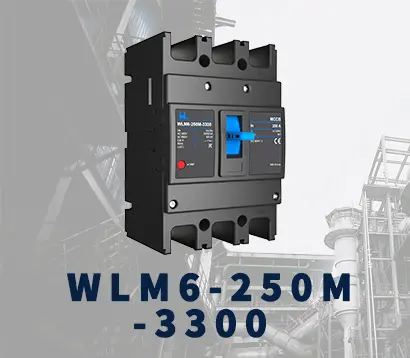 WLM6-250A-3300 3P/4P
WLM6-250A-3300 3P/4P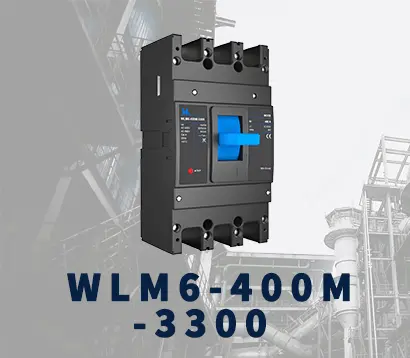 WLM6-400A-3300 3P/4P
WLM6-400A-3300 3P/4P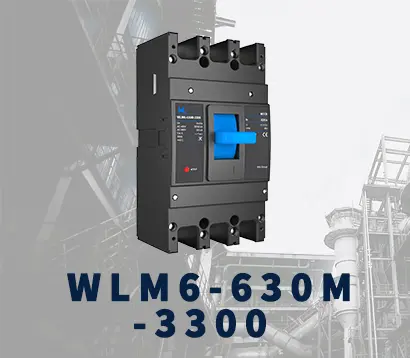 WLM6-630A-3300 3P/4P
WLM6-630A-3300 3P/4P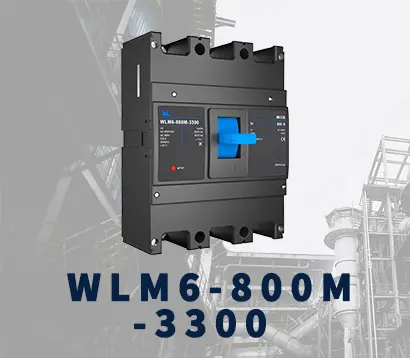 WLM6-800A-3300 3P/4P
WLM6-800A-3300 3P/4P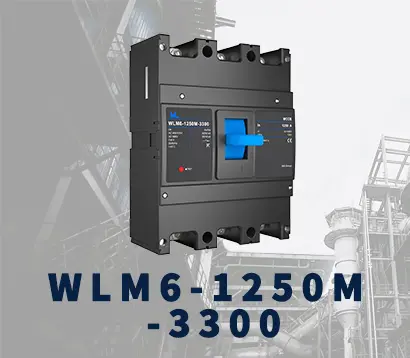 WLM6-1250A-3300 3P/4P
WLM6-1250A-3300 3P/4P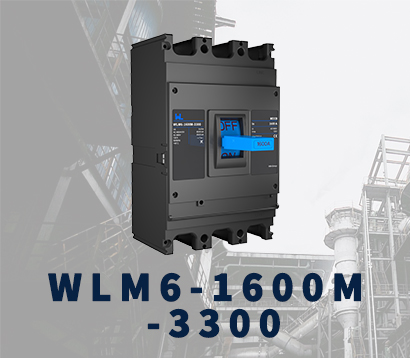 WLM6-1600A-3300 3P/4P
WLM6-1600A-3300 3P/4P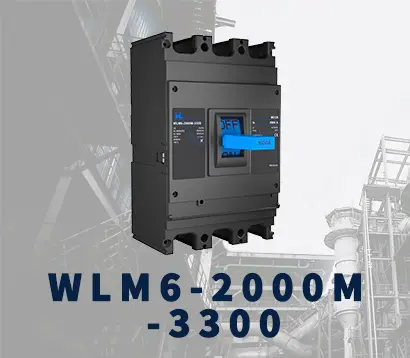 WLM6-2000A 3P/4P
WLM6-2000A 3P/4P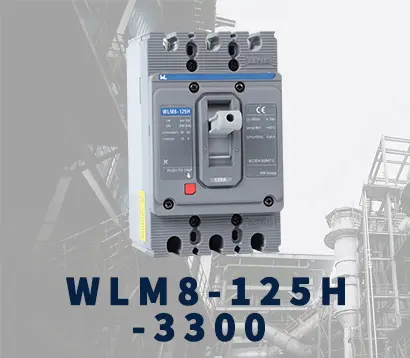 WLM8-125H-3300
WLM8-125H-3300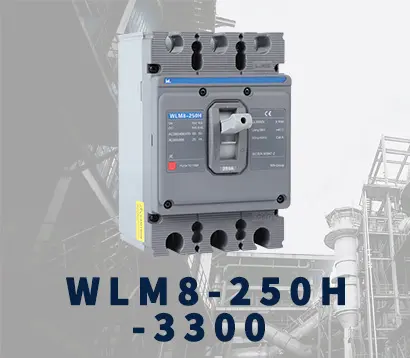 WLM8-250H-3300
WLM8-250H-3300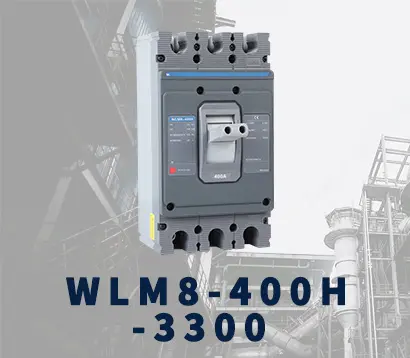 WLM8-400H-3300
WLM8-400H-3300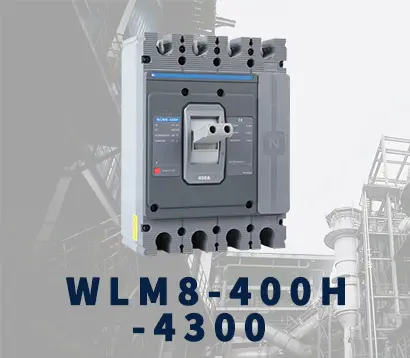 WLM8-400H-4300
WLM8-400H-4300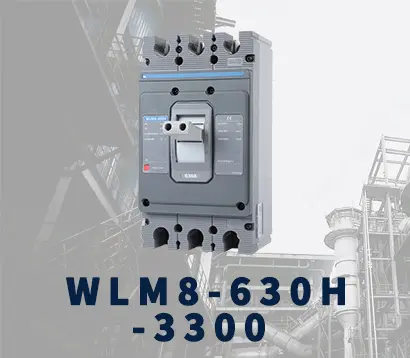 WLM8-630H-3300
WLM8-630H-3300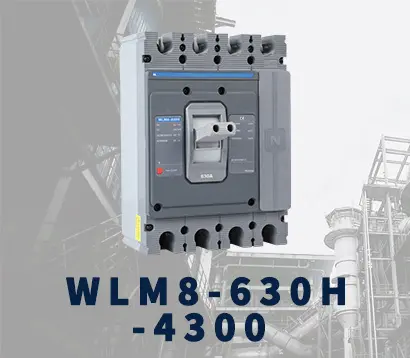 WLM8-630H-4300
WLM8-630H-4300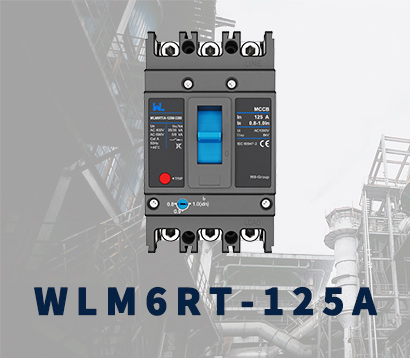 WLM6RT-125A
WLM6RT-125A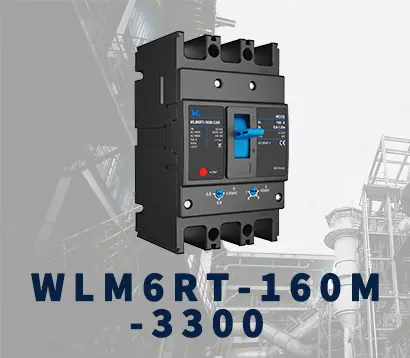 WLM6RT-160A
WLM6RT-160A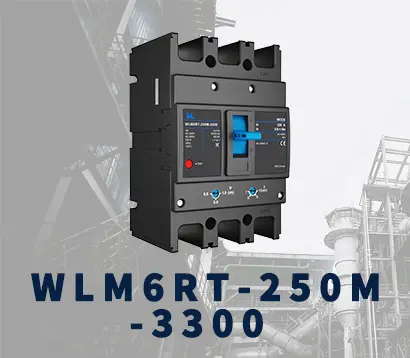 WLM6RT-250A
WLM6RT-250A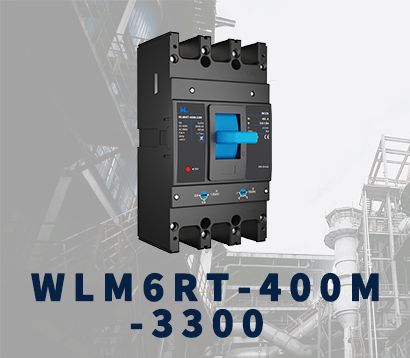 WLM6RT-400A
WLM6RT-400A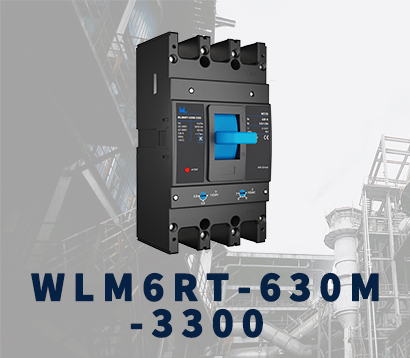 WLM6RT-630A
WLM6RT-630A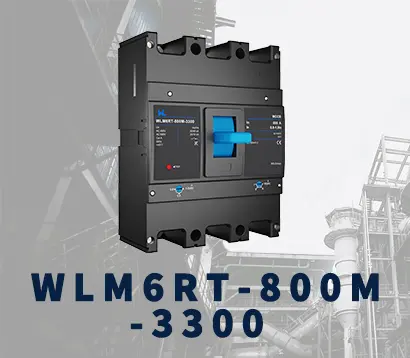 WLM6RT-800A
WLM6RT-800A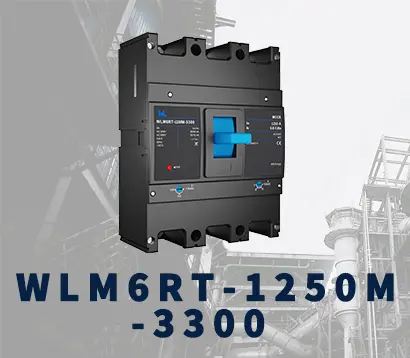 WLM6RT-1250A
WLM6RT-1250A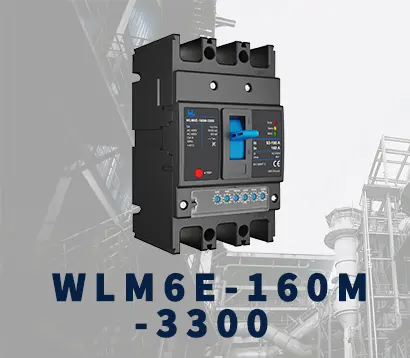 WLM6E-160A-3300 3P
WLM6E-160A-3300 3P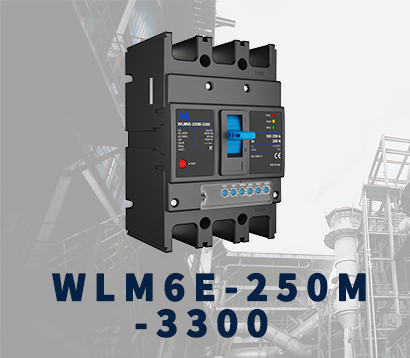 WLM6E-250A-3300
WLM6E-250A-3300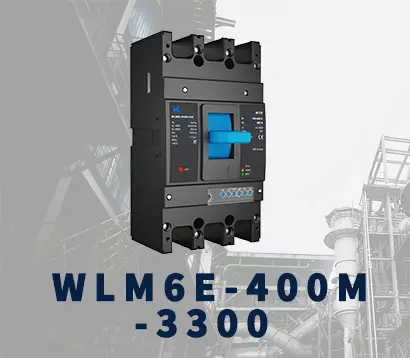 WLM6E-400A-3300 3P/4P
WLM6E-400A-3300 3P/4P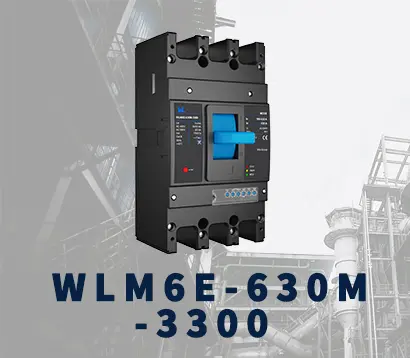 WLM6E-630A-3300
WLM6E-630A-3300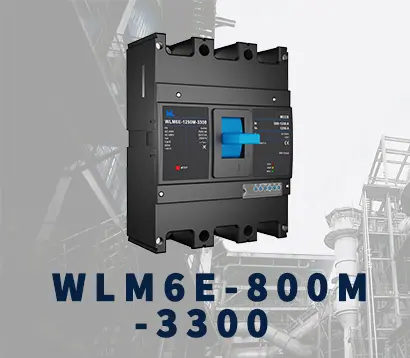 WLM6E-800A-3300 3P/4P
WLM6E-800A-3300 3P/4P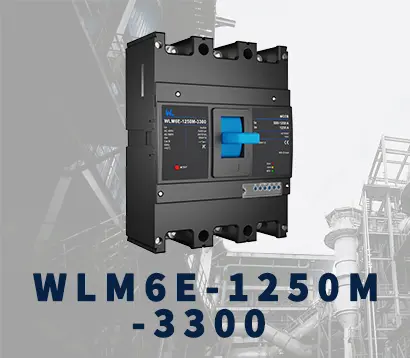 WLM6E-1250A-3300
WLM6E-1250A-3300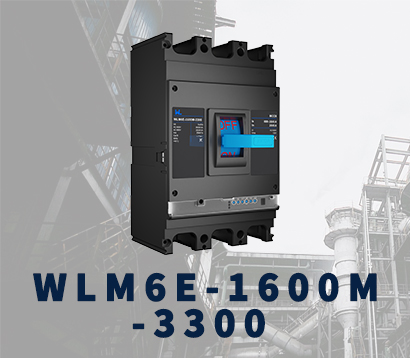 WLM6E-1600-3300 3P/4P
WLM6E-1600-3300 3P/4P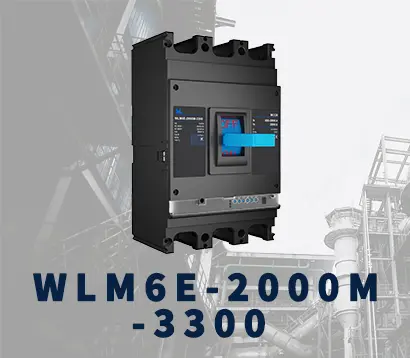 WLM6E-2000A-3300 3P/4P
WLM6E-2000A-3300 3P/4P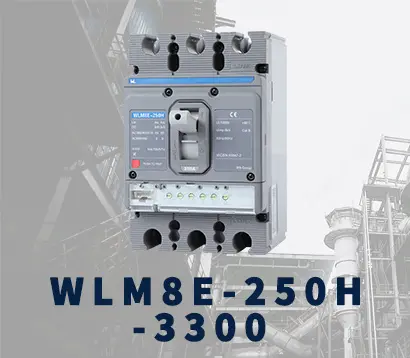 WLM8E-250H-3300
WLM8E-250H-3300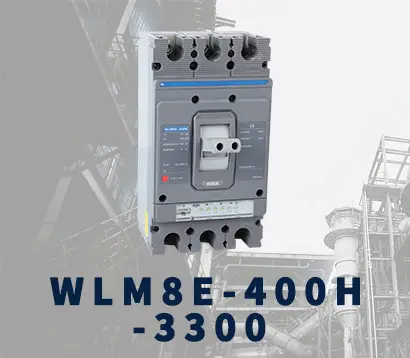 WLM8E-400H-3300
WLM8E-400H-3300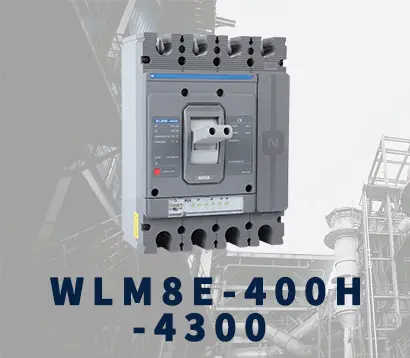 WLM8E-400H-4300
WLM8E-400H-4300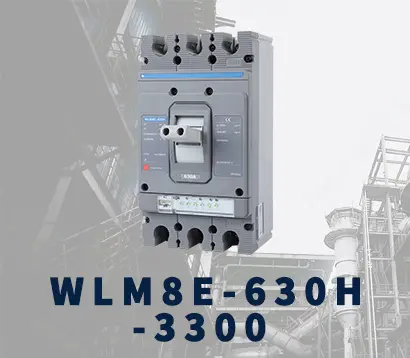 WLM8E-630H-3300
WLM8E-630H-3300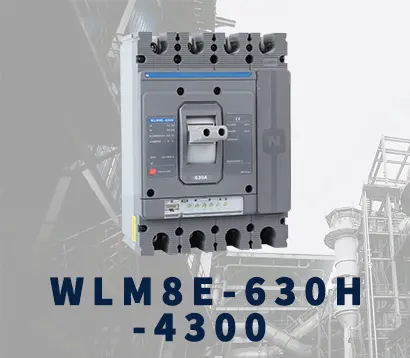 WLM8E-630H-4300
WLM8E-630H-4300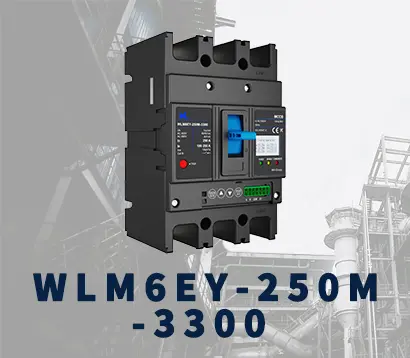 WLM6EY-250-3300 3P/4P
WLM6EY-250-3300 3P/4P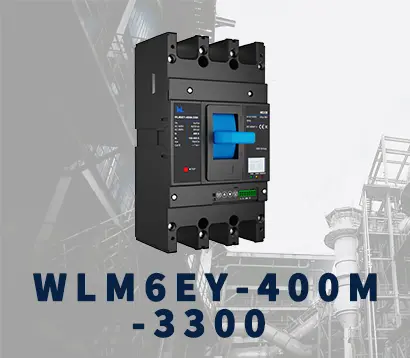 WLM6EY-400 3P/4P
WLM6EY-400 3P/4P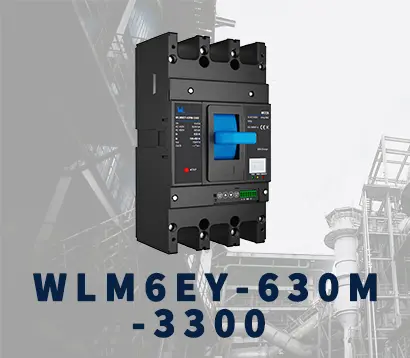 WLM6EY-630 3P/4P
WLM6EY-630 3P/4P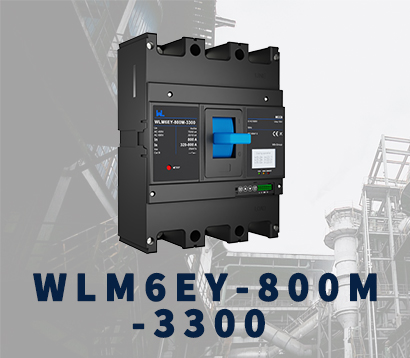 WLM6EY-800A 3P/4P
WLM6EY-800A 3P/4P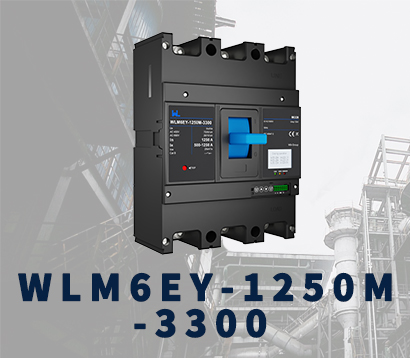 WLM6EY-1250A 3P/4P
WLM6EY-1250A 3P/4P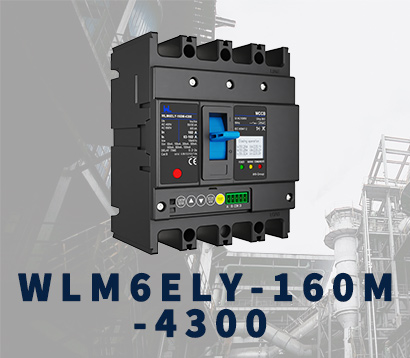 WLM6ELY-160A
WLM6ELY-160A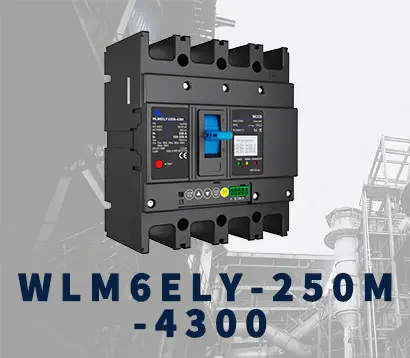 WLM6ELY-250A
WLM6ELY-250A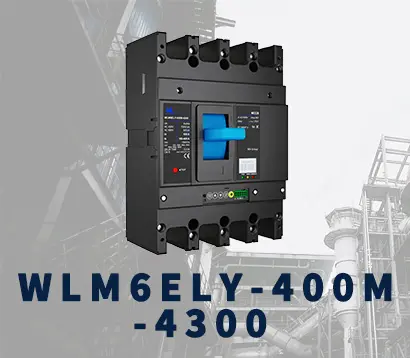 WLM6ELY-400A
WLM6ELY-400A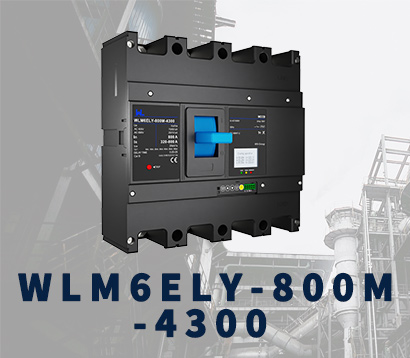 WLM6ELY-800A
WLM6ELY-800A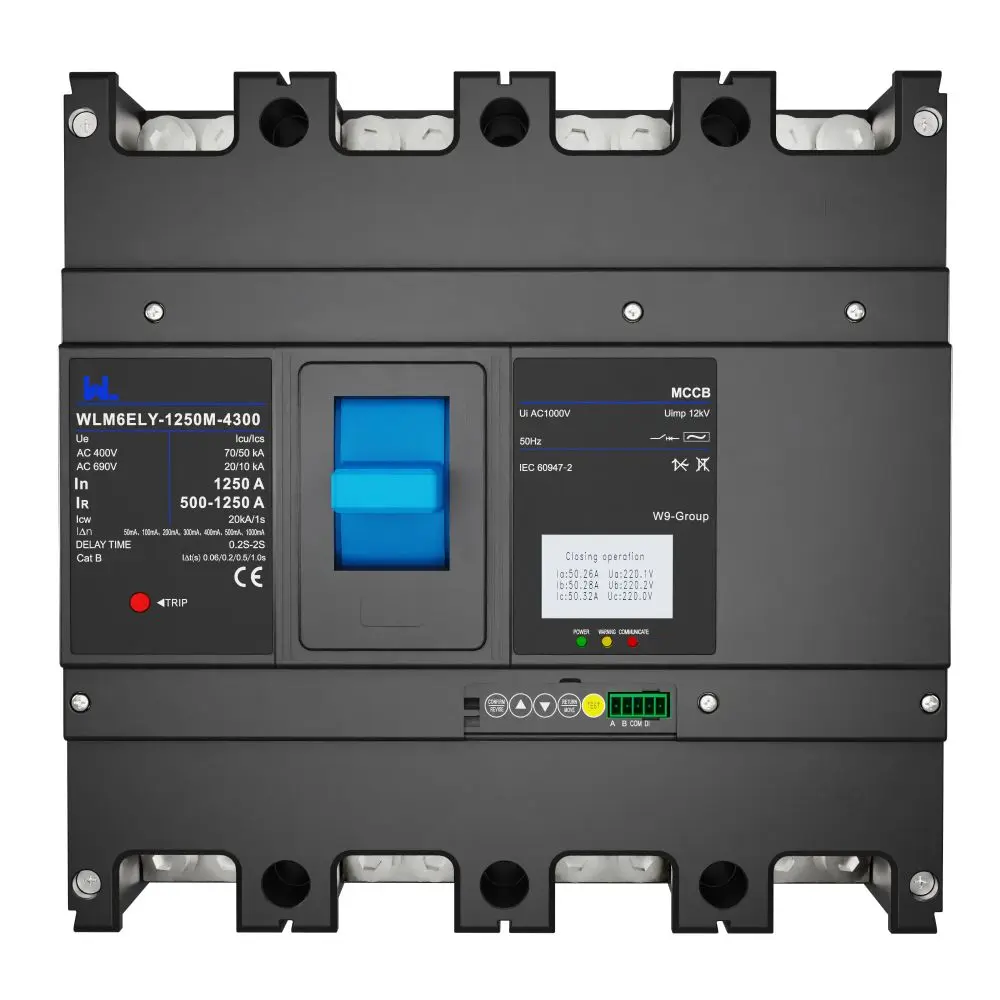 WLM6ELY-1250A
WLM6ELY-1250A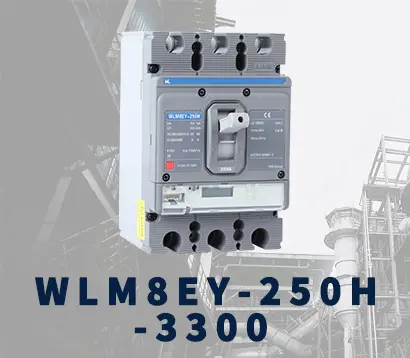 WLM8EY-250H-3300
WLM8EY-250H-3300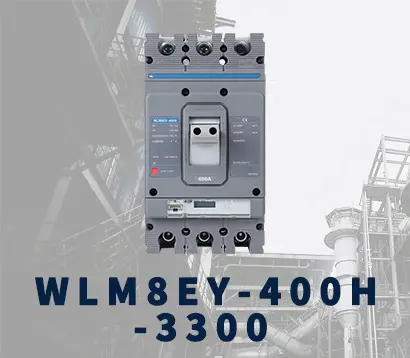 WLM8EY-400H-3300
WLM8EY-400H-3300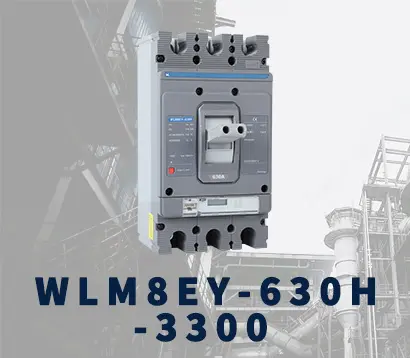 WLM8EY-630H-3300
WLM8EY-630H-3300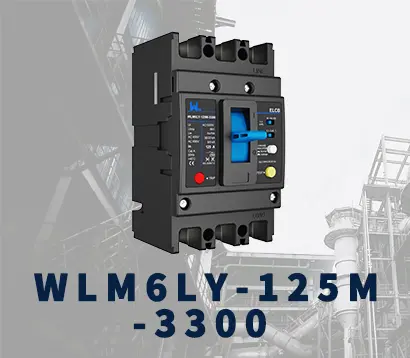 WLM6LY-125A
WLM6LY-125A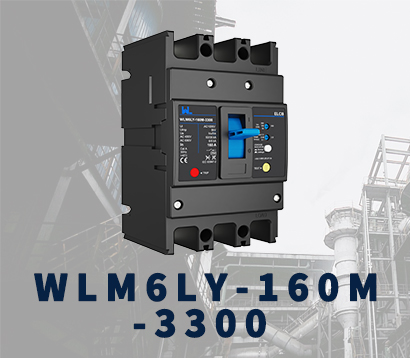 WLM6L-160A
WLM6L-160A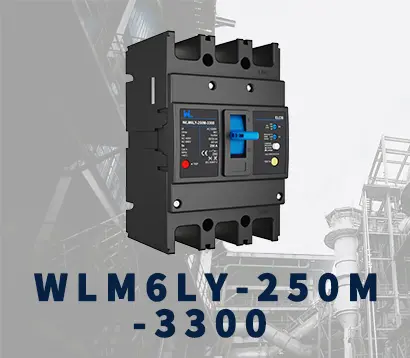 WLM6LY-250A
WLM6LY-250A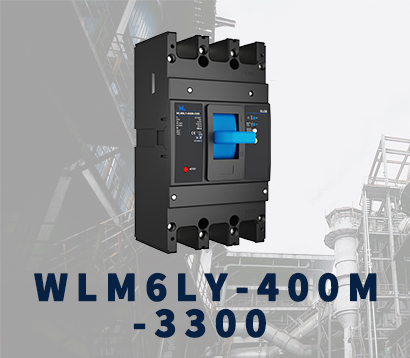 WLM6LY-400A
WLM6LY-400A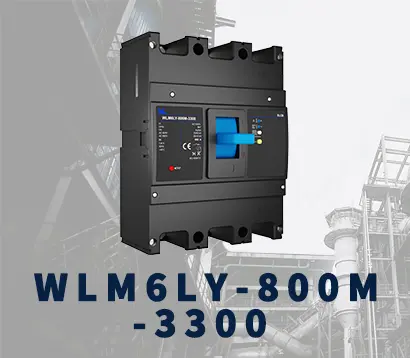 WLM6LY-800A
WLM6LY-800A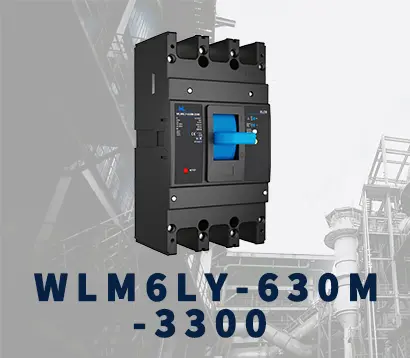 WLM6LY-630A
WLM6LY-630A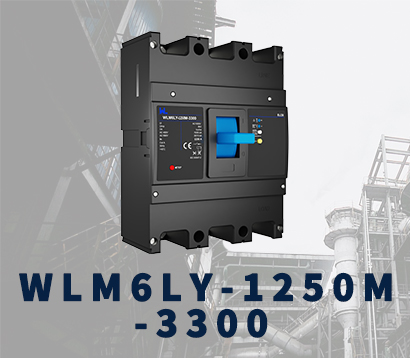 WLM6LY-1250A
WLM6LY-1250A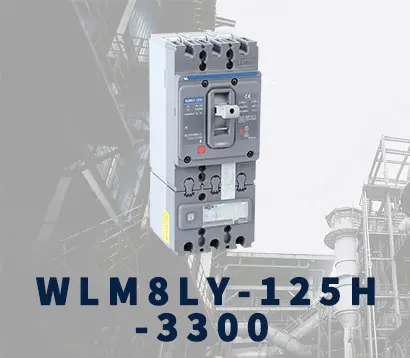 WLM8LY-125H-3300
WLM8LY-125H-3300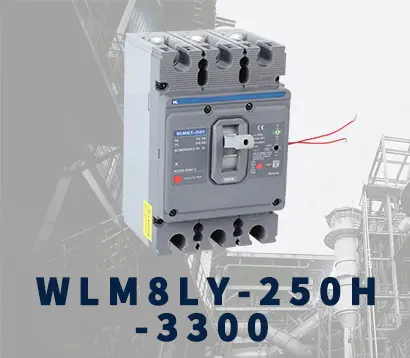 WLM8LY-250H-3300
WLM8LY-250H-3300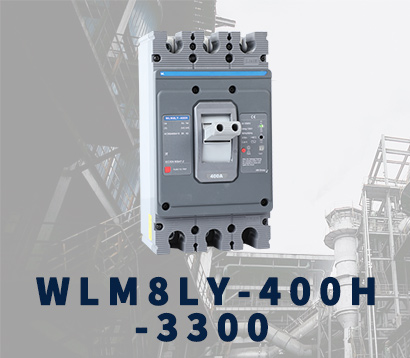 WLM8LY-400H-3300
WLM8LY-400H-3300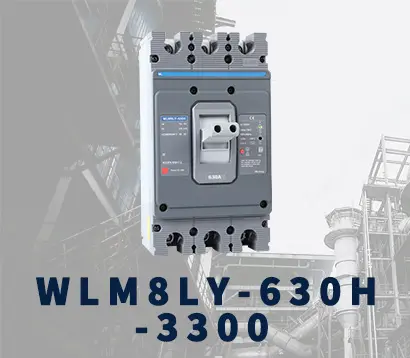 WLM8LY-630H-3300
WLM8LY-630H-3300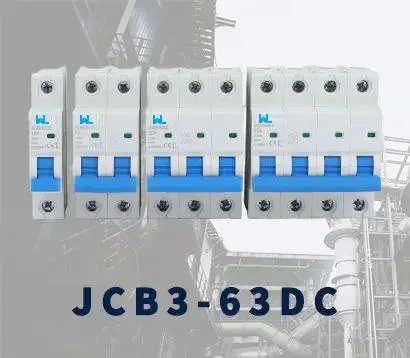 JCB3-63DC
JCB3-63DC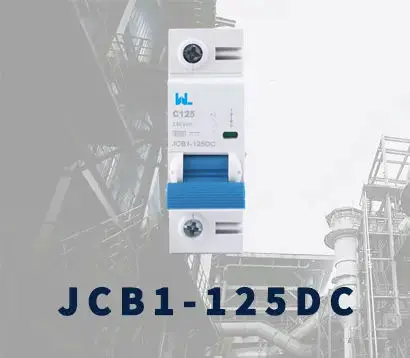 JCB1-125DC
JCB1-125DC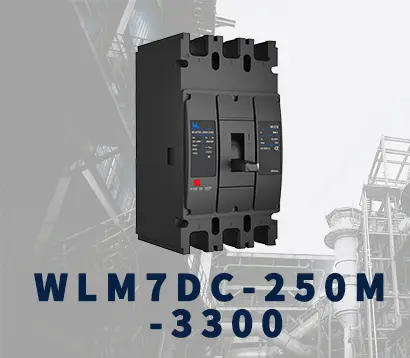 WLM7DC-250A-2300 2P/3P
WLM7DC-250A-2300 2P/3P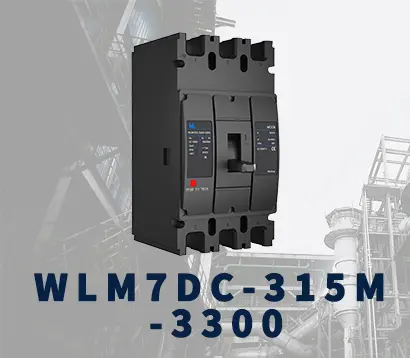 WLM7DC-315A-3300 2P/3P
WLM7DC-315A-3300 2P/3P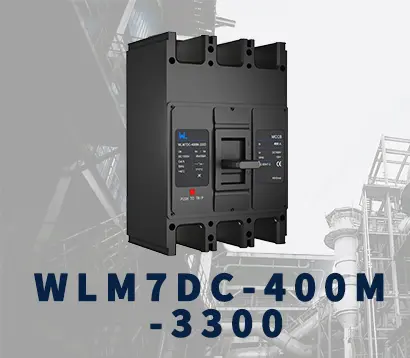 WLM7DC-400A-2300 2P/3P
WLM7DC-400A-2300 2P/3P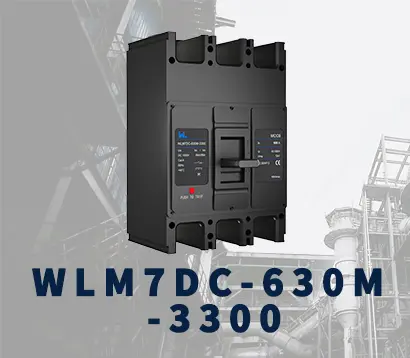 WLM7DC-630A-3300 3P
WLM7DC-630A-3300 3P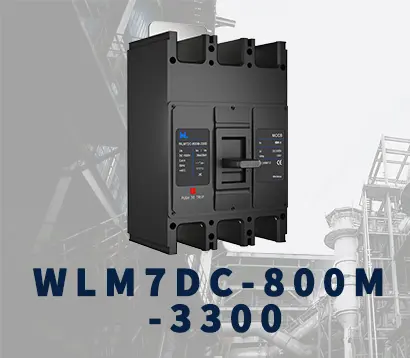 WLM7DC-800A-2300 2P/3P
WLM7DC-800A-2300 2P/3P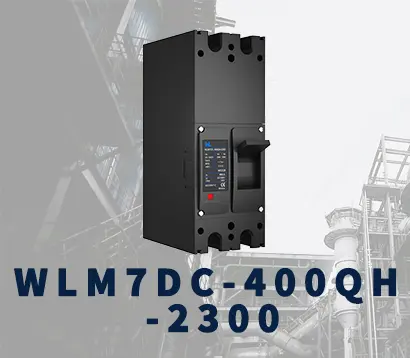 WLM7DC-400A 2300
WLM7DC-400A 2300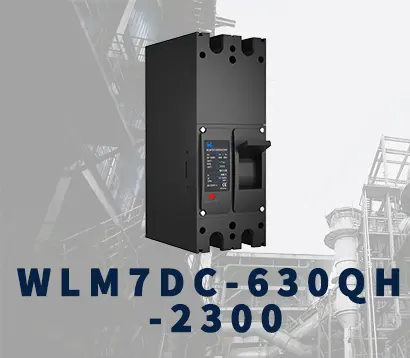 WLM7DC-630A-2300 2P
WLM7DC-630A-2300 2P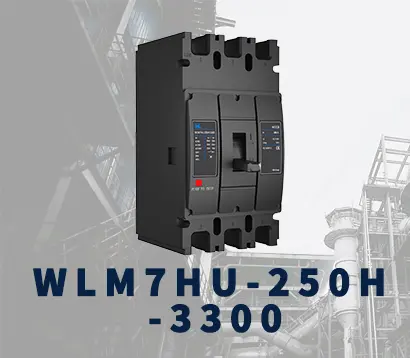 WLM7HU-250-3300 3P
WLM7HU-250-3300 3P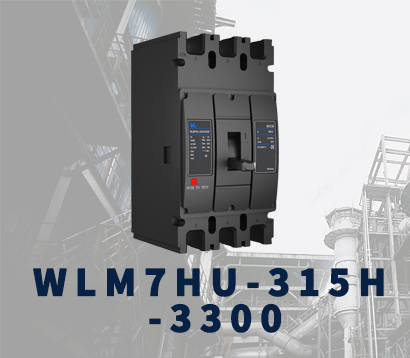 WLM7HU-315-3300 3P
WLM7HU-315-3300 3P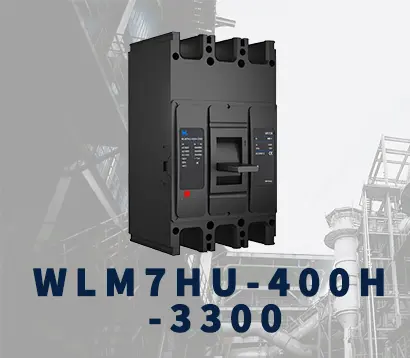 WLM7HU-400-3300 3P
WLM7HU-400-3300 3P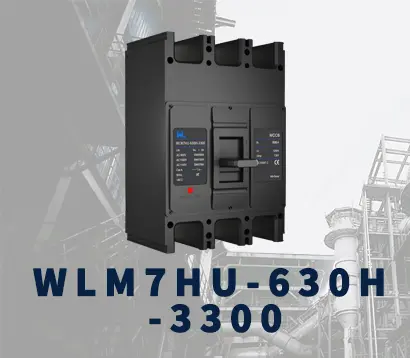 WLM7HU-630-3300 3P
WLM7HU-630-3300 3P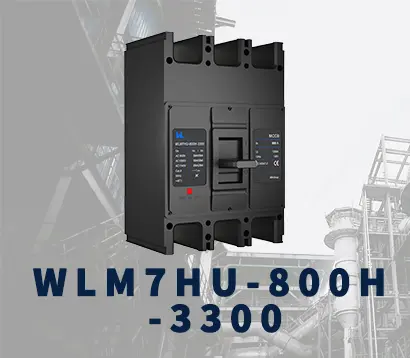 WLM7HU-800-3300 3P
WLM7HU-800-3300 3P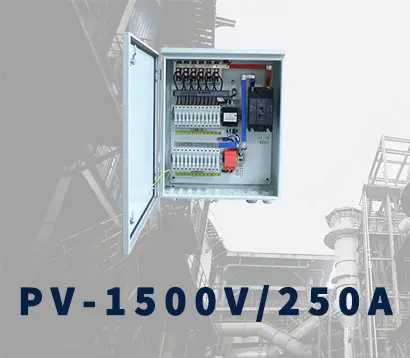 PV-1500V/250A
PV-1500V/250A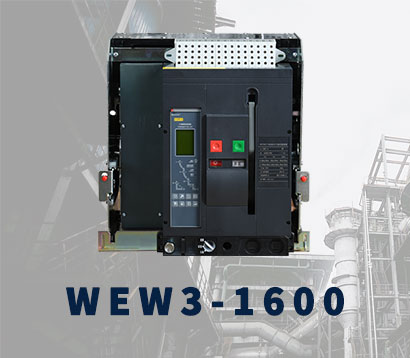 WEW3-1600
WEW3-1600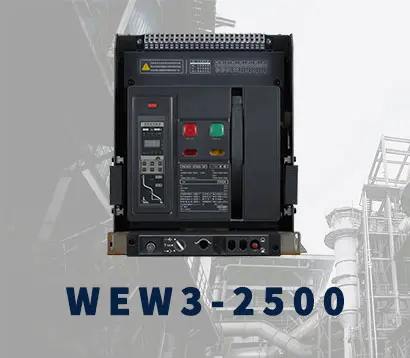 WEW3-2500
WEW3-2500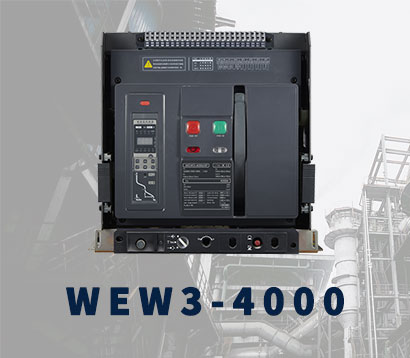 WEW3-4000
WEW3-4000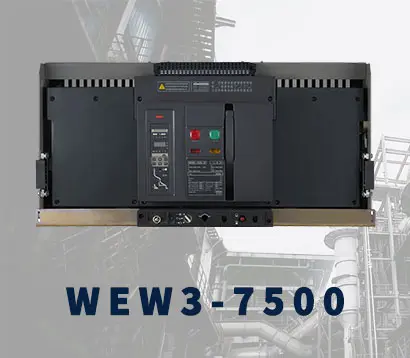 WEW3-7500
WEW3-7500





